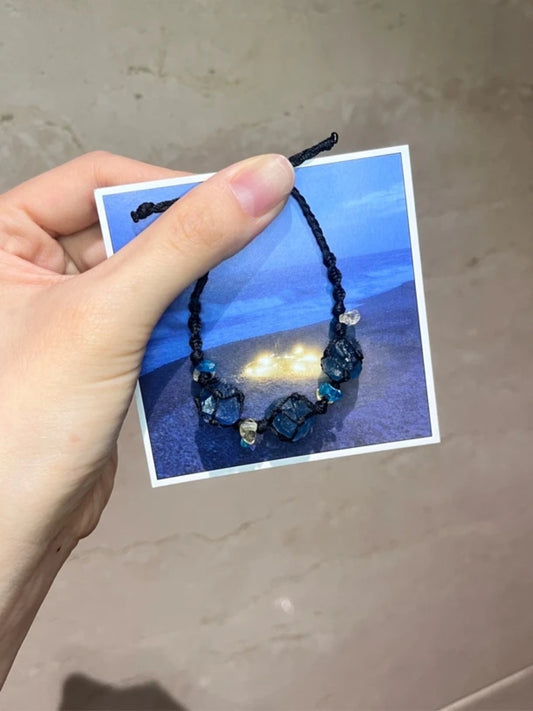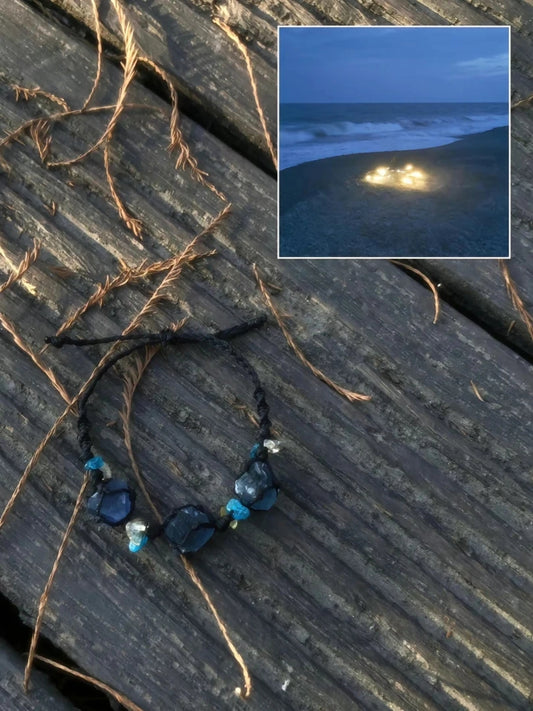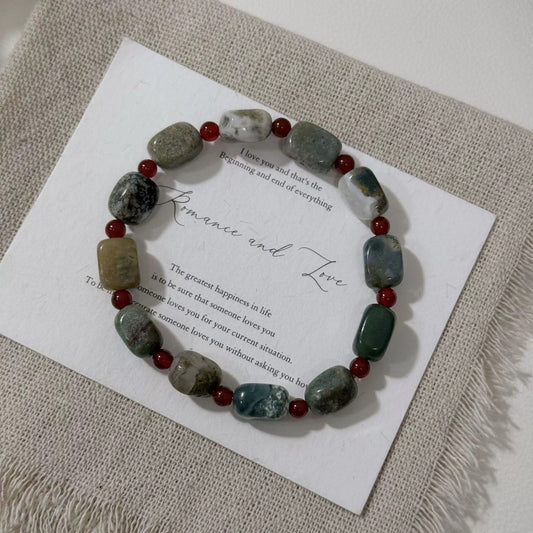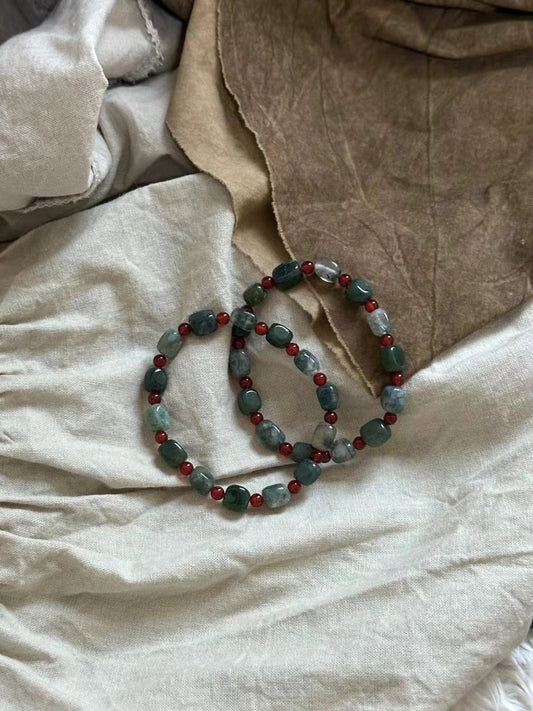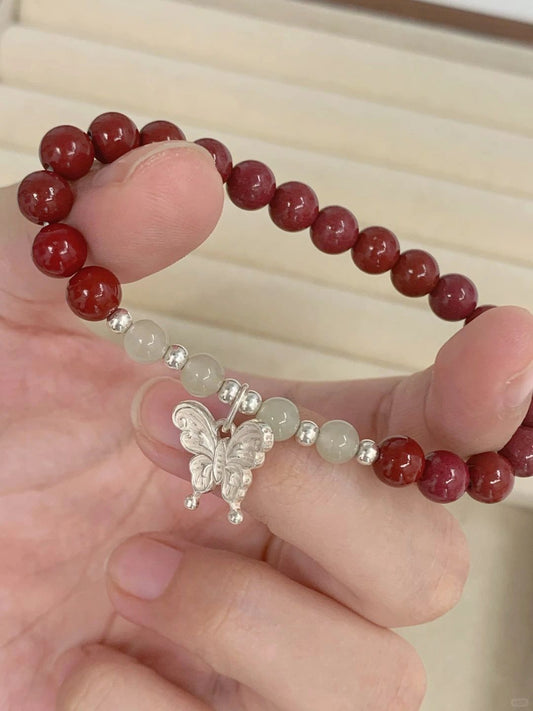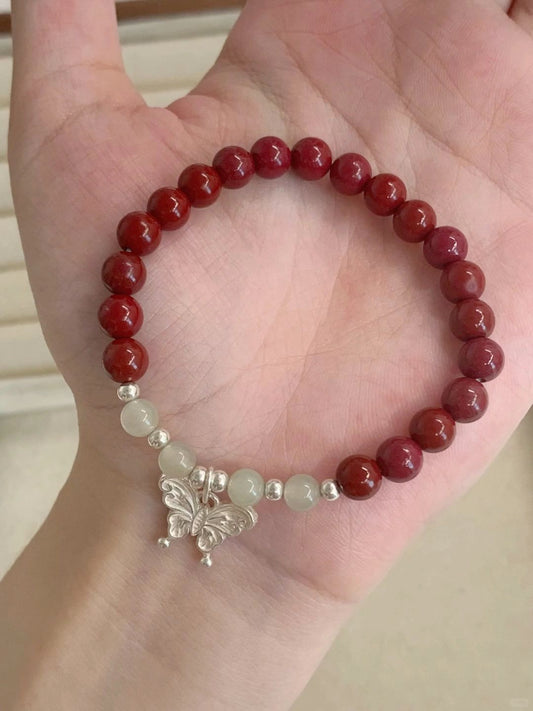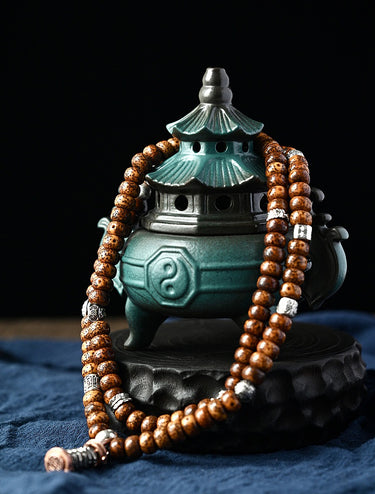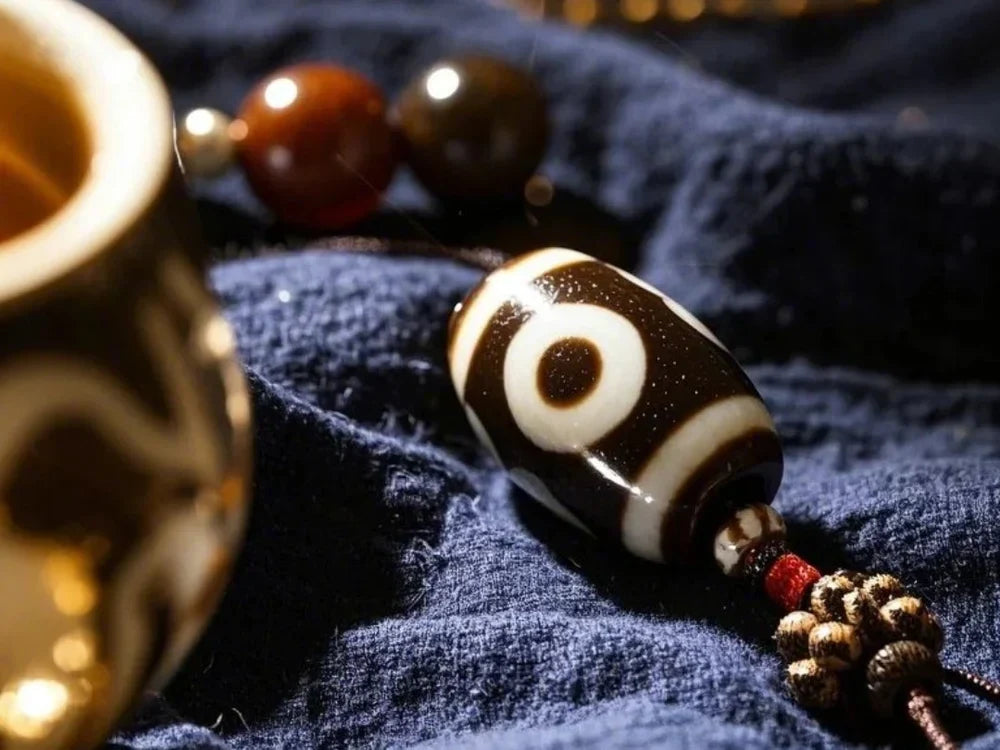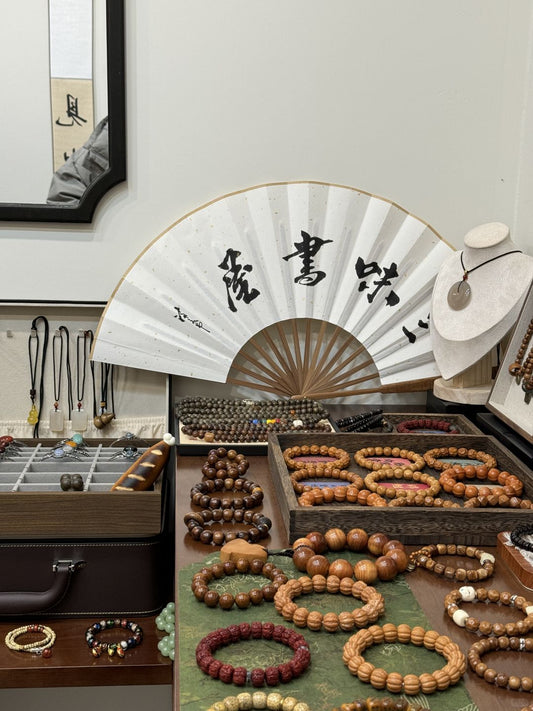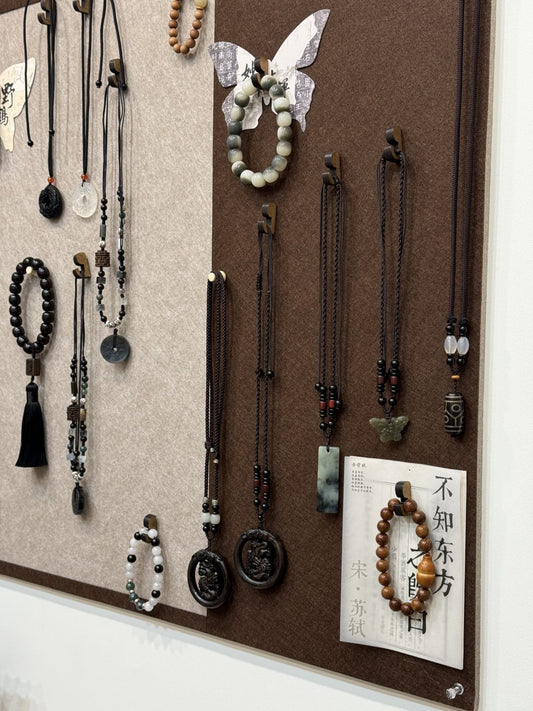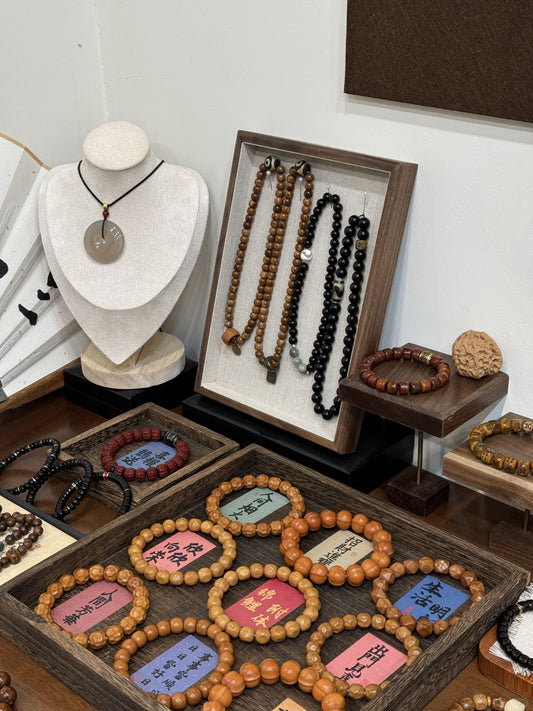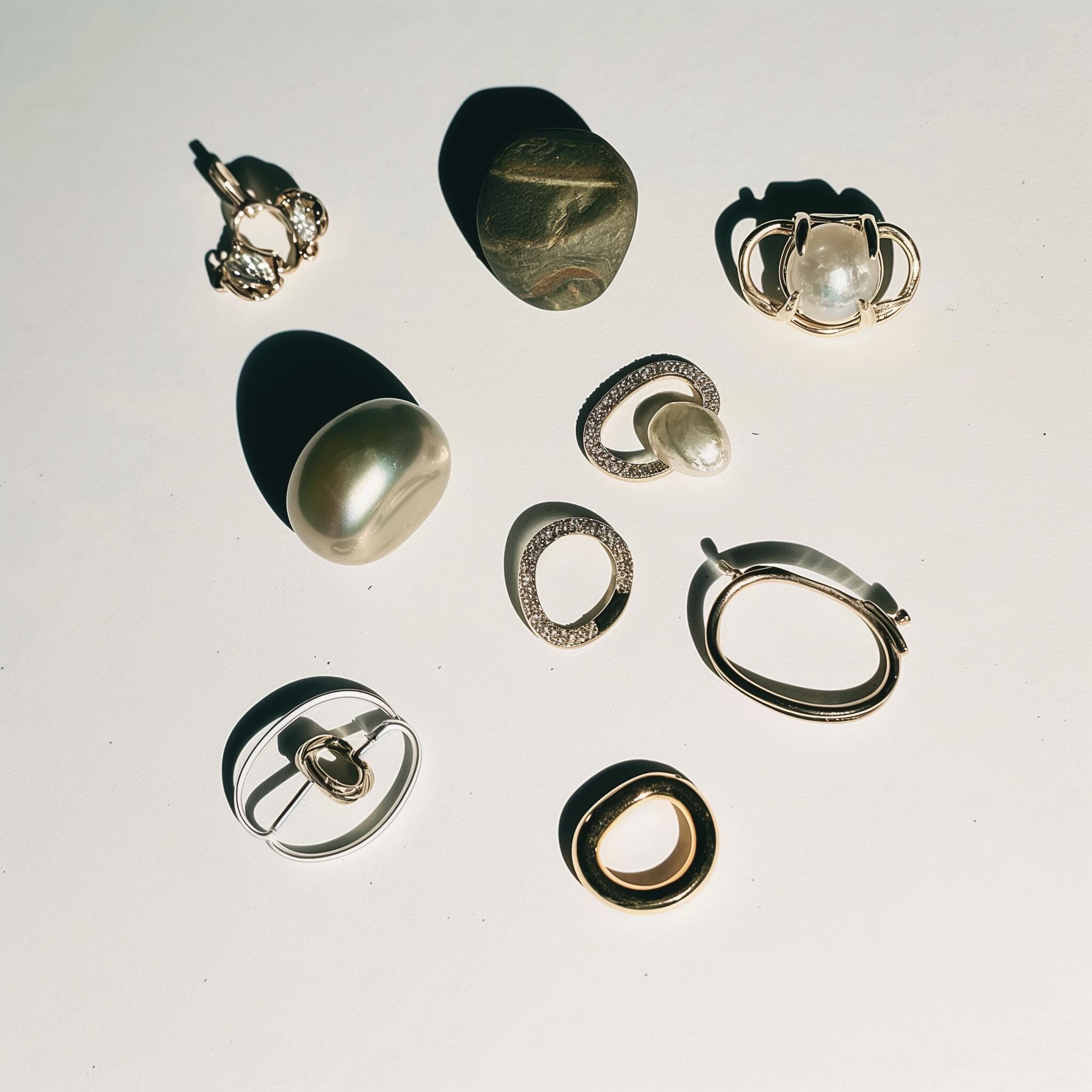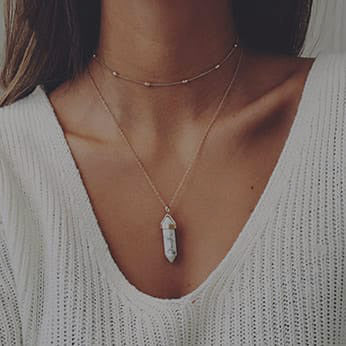Dzi Beads: The ‘Heaven’s Eyes’ That Geologists Can’t Explain
For centuries, Dzi beads (Tibetan: gzi-ba) have captivated collectors, geologists, and spiritual seekers alike. Also known as “heaven’s eyes,” these ancient agate beads are prized for their distinctive eye-like patterns and reputed protective qualities. Yet despite extensive study, scientists still debate how Dzi beads acquire their unique markings. Today, we’ll dive into three facets of the Dzi bead mystery: the unresolved geological formation of their patterns, the traditional Tibetan practice of caring for Dzi beads with yak milk, and neutral, lab-based findings on their energetic signatures.
1. The Geological Enigma of “Heaven’s Eye” Patterns
At their core, most Dzi beads are made from naturally occurring agate—a form of chalcedony—yet no one has conclusively explained how the iconic circles, ovals, or wave-like bands appear on so many authentic ancient specimens.
-
Agate’s Banding vs. Dzi Markings
-
Typical agate forms through successive layers of silica-rich fluids depositing along the walls of cavities in volcanic rock. Over time, variations in trace minerals create colorful, parallel bands.
-
Dzi beads, however, feature “eyes”—areas of contrasting color that look deliberately painted on. Geologists have proposed theories (for example, heat treatment or etching), but none fully account for every variety of pattern found in beads dated as far back as 2,000 years.
-
-
Heat and Acid Etching Hypothesis
-
Some researchers suggest ancient artisans used high-temperature firing and natural acids to transform raw agate surfaces. Heating can change chalcedony’s opacity, and rinsing with acidic plant extracts can create visible “eyes.”
-
Yet when modern scientists analyze authenticated Dzi beads—particularly those from the Neolithic and Bronze Age periods—they find no uniform signature of consistent firing temperatures or acid residues.
-
-
Microcrystalline Structure Puzzle
-
Under a microscope, true ancient Dzi beads reveal a complex microcrystalline structure at the borders of the “eyes.” Many minerals—such as hematite, magnetite, or even trace amounts of iron—interact unpredictably during heat treatment.
-
Some geologists propose that certain Dzi beads may also incorporate meteorite dust or other extraterrestrial inclusions, but conclusive proof remains elusive.
-
Despite extensive X-ray diffraction, Raman spectroscopy, and energy-dispersive X-ray analyses, the full story of how authentic ancient Dzi beads formed their symbolic patterns still eludes science. As a result, each genuine Dzi bead retains a fragment of geological—and cultural—mystery.
2. Yak Milk: A Time-Honored Tibetan Preservation Ritual
In Tibet, local herders have long believed that yak milk plays a crucial role in protecting the microstructure of Dzi beads. Although this tradition might sound surprising, it reflects a deep understanding of agate’s natural vulnerabilities and the desire to maintain the bead’s energy.
-
Why Yak Milk?
-
Yak milk contains a balanced blend of natural fats, proteins, and trace minerals. When a bead is regularly rubbed with warm yak milk, a thin protective film forms on its surface—much like a natural polish.
-
Over years (or decades), this milk coating helps prevent microscopic cracks and reduces abrasive wear, preserving the bead’s clarity and symbolic “eyes.”
-
-
Tibetan Herders’ Care Routine
-
During annual spring migrations, nomadic families gather their herds to higher alpine pastures. Elders select prized Dzi beads and lightly heat yak milk over a small butter lamp.
-
They then rinse the bead in warm milk, gently massage its surface with a clean yak-hair cloth, and let it air dry on prayer flags or a woolen scarf exposed to mild sunlight.
-
In the dry, high-altitude Tibetan climate, this simple, natural routine protects Dzi beads from cracks caused by extreme temperature shifts and abrasive dust.
-
-
Preserving Energetic Qualities
-
Beyond physical care, many Tibetan practitioners believe yak milk transmission carries subtle blessings. In their view, the compassion and hardiness of yaks get “imprinted” into each bead’s microstructure, supporting the wearer’s own resilience.
-
While modern science can measure aspects like water absorption and surface integrity, the notion that yak milk preserves a bead’s “vibrational energy” remains a matter of faith and tradition.
-
For QiLing Aura’s collectors and spiritual practitioners, following this time-honored Tibetan preservation ritual lends each Dzi bead a living connection to the nomadic mountain culture that first treasured them.

3. Modern Laboratory Findings: Neutral Insights into Dzi Energetics
In recent decades, a handful of scientific labs—primarily in Europe and China—have explored whether ancient Dzi beads exhibit unusual magnetic or energetic fields. Their findings, when reported cautiously, offer intriguing yet inconclusive data:
-
Magnetometry and Field Anomalies
-
Low-temperature magnetometry on authenticated Dzi beads reveals small, localized magnetic anomalies—often in regions corresponding to the “eyes.” These might come from trace iron oxides (hematite or magnetite) concentrated during heat treatment.
-
However, similar anomalies also appear in many non-Dzi agate samples heated under controlled laboratory conditions. In other words, the presence of a slight magnetic field doesn’t uniquely identify an ancient Dzi bead.
-
-
Infrared and Raman Spectroscopy
-
Spectroscopic analyses detect subtle chemical differences between the eye regions and the surrounding agate. For instance, carbon traces or micro-inclusions of manganese can cluster along tiny fissures.
-
Yet, these signatures also arise in modern, artificially created “Dzi-style” beads. Thus, while spectroscopy can distinguish certain natural-aged patterns from brand-new replicas, it cannot definitively pinpoint every authentic bead’s age or origin.
-
-
Electrostatic and Piezoelectric Tests
-
Some labs have attempted to measure electrostatic or piezoelectric responses—how beads generate tiny voltages when stressed or rubbed. A small minority of ancient Dzi beads show slightly higher readings than mass-produced agates.
-
Again, these differences are marginal and heavily influenced by bead thickness, mineral impurities, and surface wear—factors independent of the bead’s legendary “protective energy.”
-
In short, modern science confirms that Dzi beads often contain trace minerals and microstructures consistent with centuries of heat-and-etch craft. But no laboratory can yet quantify or prove the spiritual “energy” for which Tibetans have revered these beads for millennia. As a result, the Dzi bead remains both a scientific curiosity and a living spiritual artifact.

4. Choosing Authentic Dzi Beads and Caring for Their Mysteries
When you shop for Tibetan Dzi beads—whether as a Dzi bracelet, Dzi pendant, or loose bead—it’s vital to select pieces that respect centuries of craftsmanship and tradition. Here are some tips for QiLing Aura’s collectors:
-
Look for Natural Wear and Traditional Drilling
-
Authentic beads often show smooth, rounded drill holes and slight asymmetries from hand-drilling. Beads drilled by machine tend to have perfectly circular holes and lack the subtle surface variations you’ll find on ancient specimens.
-
Tiny chips along the eye’s edge or shallow scratches—when evenly polished—are typically signs of age, not damage.
-
-
Verify with Reputable Sources
-
QiLing Aura partners directly with Himalayan artisans who source old Dzi beads from nomad families. Each bead comes with basic provenance: region of origin (e.g., Amdo plateau, Yarlung Valley) and estimated age range (e.g., 12th–17th century).
-
Always request high-resolution photos under diffused lighting; authentic Dzi beads reveal micro-faculets (tiny fissures) around their eyes, whereas modern copies often look too “clean.”
-
-
Maintain Beads with Care
-
Follow traditional Tibetan practices—like occasional yak milk rubs—to preserve surface integrity. If yak milk isn’t available, a light rub with pure cow’s milk (preferably fresh, unpasteurized) can help maintain a natural sheen.
-
Avoid prolonged exposure to harsh detergents or ultrasonic cleaners. Instead, gently rinse in warm water and pat dry with a soft cotton cloth.
-
-
Respect the Bead’s Spiritual Role
-
Even as you appreciate the geological intrigue, remember Dzi beads serve as protective amulets. Wear them over your heart or wrist, recite a simple mantra—such as “Om Mani Padme Hum”—and honor the bead’s dual nature as both a geological enigma and a symbol of well-being.
-

5. Conclusion: Embracing Mystery and Meaning
Dzi beads stand at the crossroads of science and spirituality. Geologists may never fully explain how those perfect “heaven’s eye” patterns were originally formed, and lab tests can only hint at the subtle magnetic signatures ancient artisans inadvertently locked into each bead. Yet by combining Tibetan traditions—like caring for Dzi beads with yak milk—with modern insights, we honor both the tangible and intangible qualities of these remarkable jewels.
When you wear a Tibetan Dzi bracelet or place a lovingly polished Dzi pendant against your chest, you’re keeping alive a millennia-old conversation between earth, artisan, and spirit. You hold in your hand a bead that symbolizes microcosmic wonder: a tiny piece of agate in which mystery and meaning converge. And that, perhaps, is the true magic of Dzi beads: they remind us that some stories—scientific or sacred—remain, by design, delightfully unfinished.









































































































